Name Edgar Dewdney | ||
Governor General The Lord Stanley of PrestonThe Earl of Aberdeen Premier Theodore DavieJohn Herbert Turner Governor General Marquess of LorneThe Marquess of LansdowneThe Lord Stanley of Preston Died August 8, 1916, Victoria, Canada Similar People Frederick Thornton Peters, James Douglas, Matthew Baillie Begbie, Charles Mair, Emily Carr | ||
Edgar Dewdney, PC (November 5, 1835 – August 8, 1916) was a Canadian surveyor, road builder, Indian commissioner and politician born in Devonshire, England. He served as Lieutenant-Governor of the North-West Territories and the fifth Lieutenant-Governor of British Columbia.
Contents
- Early life and career
- Surveyor during the gold rushes of the 1860s
- Entry into politics
- Crisis The starvation of the natives
- The Northwest Rebellion of 1885
- Honours
- Criticism
- Legacy
- References
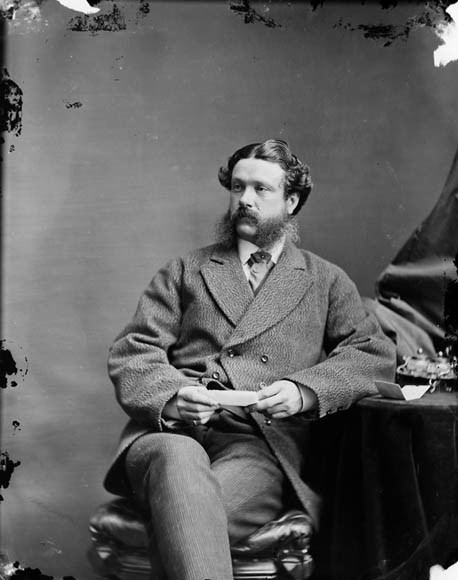
Early life and career
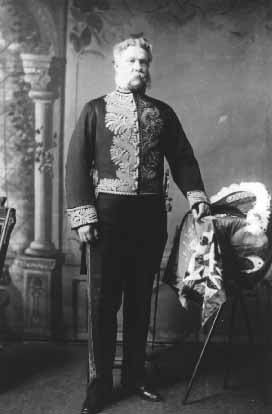
Following his education in civil engineering, he emigrated from England to British Columbia in 1859. In 1864, Dewdney married Jane Shaw Moir, the daughter of a tea plantation owner from Ceylon. This marriage was without issue.
Surveyor during the gold rushes of the 1860's
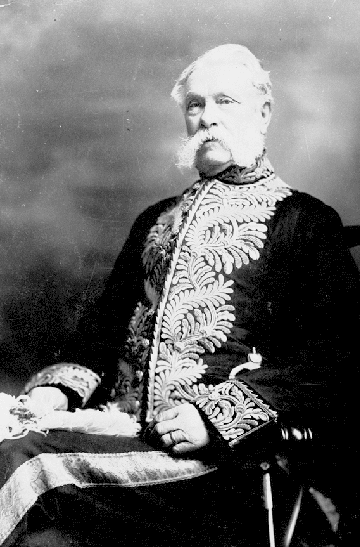
Dewdney was originally employed as a surveyor, and supervised the survey of New Westminster. In 1865, Dewdney was appointed by Governor Frederick Seymour to oversee the construction of a trail to the East Kootenay region of the British Columbia Interior so that coastal merchants might benefit from the burgeoning trade associated with gold mining in that area but also to secure line of communication with the region to prevent an American takeover of that part of the province. Although used for only a few years, parts of the Dewdney Trail, as it was known, remain to this day and are used for recreational hiking. Provincial Highway 3 largely follows the route of the Dewdney Trail.
Entry into politics
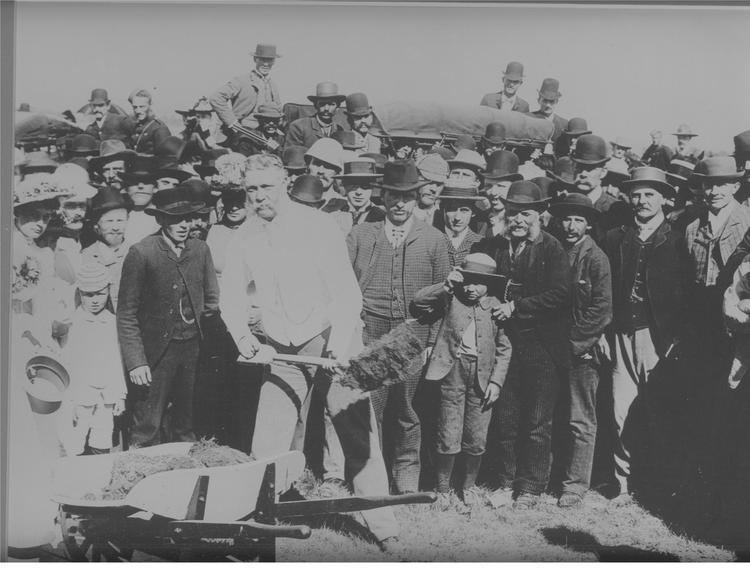
From 1868 to 1869, Dewdney became active in Colonial politics, representing the electoral district of Kootenay in the Legislative Council of British Columbia. After the Colony joined Canadian Confederation in 1871, he served as a Conservative Member of Parliament for the riding of Yale following his election in 1872. He was appointed a member of Prime Minister Sir John A. Macdonald's cabinet in 1879, where he served as Indian commissioner for the North-West Territories until 1888.
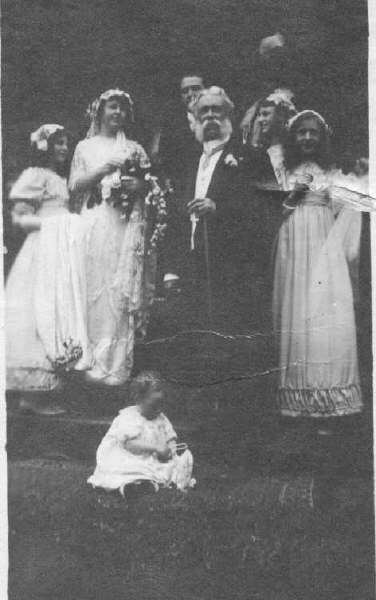
In 1881, Macdonald arranged Dewdney's appointment as Lieutenant Governor of the North-West Territories, then an executive position. Dewdney resigned his seat in the Commons, but remained Indian Commissioner during his term as Lieutenant-Governor, which lasted until 1888. Macdonald, along with being Prime Minister, held the cabinet post Minister of the Interior. Dewdney took orders directly from Macdonald. Responsible government had not been granted to the North-West Territories, so Dewdney was the Territories' head of government. Perhaps his most notable decision in office was changing the territorial capital from Battleford to Wascana — Cree for "Pile of Bones" — in 1883: a featureless location without water apart from a short spring run-off Wascana Creek, trees or topography, but where Dewdney had secured substantial real estate for himself adjacent to the near-future planned Canadian Pacific Railway line. Other townsites were also considered probable territorial capitals, including Fort Qu'Appelle and Qu'Appelle, the latter to the extent of having been designated the cathedral city of the new Diocese of Qu'Appelle by the Church of England in Canada. The matter was a national scandal at the time. Still, the initial major street of Pile of Bones, when it was renamed Regina by Princess Louise, Marchioness of Lorne, was called Dewdney Avenue.

After his term as Lieutenant Governor of the North-West Territories, Dewdney was again elected to Parliament and served as the member for Assiniboia East (now southeastern Saskatchewan) from 1888 to 1891. During this period he also served as Minister of the Interior and Superintendent of Indian Affairs.
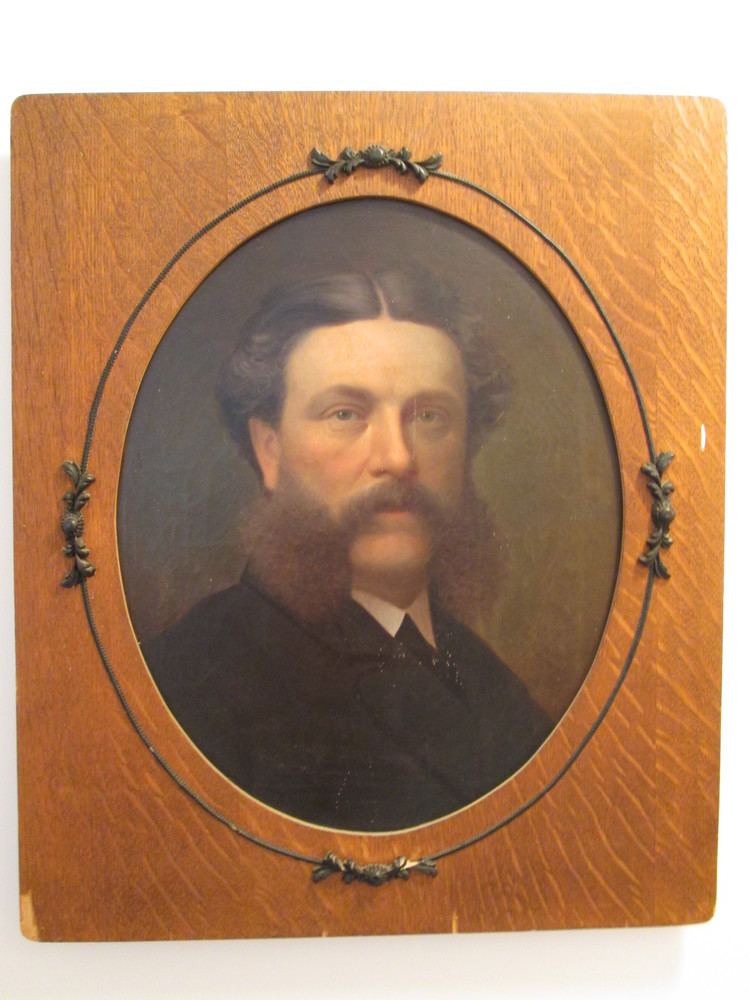
In 1892, he was appointed to the non-executive viceregal post of Lieutenant-Governor of British Columbia. He served in this post until 1897.
He retired from politics in 1900, after unsuccessfully running for Parliament in New Westminster, British Columbia.
In 1909, following the death his wife Jane, Dewdney remarried. His new wife was Blanche Kemeys-Tynte, the daughter of Colonel Charles John Kemeys-Tynte of Halswell, Somerset, England.
Crisis: The starvation of the natives
Upon taking office May 1879 Lieutenant Governor of the North-West Territories, Edgar Dewdney, came face to face with the plight of the natives in the wake of the disappearing Buffalo. Indians had already starved to death at Qu'Appele, Fort Walsh, Fort Macleod, Battleford, Carlton, Fort Pitt, Fort Saskatchewan, Edmonton, Touchwood Hills, Fort Ellice, Moose Mountain, Fort Calgary, and elsewhere. Dewdney's solution was to locate the native tribes on reserves. There agents would teach them how to farm.
He reported conditions at the Blackfoot Crossing in July 1879 as follows:
On arriving there I found about 1300 Indians in a very destitute condition, and many on the verge of starvation. Young men who were known to be stout and hearty fellows some months ago were quite emaciated and so weak they could hardly work ; the old people and widows, who with their children live on the charity of the younger and more prosperous, had nothing, and many a pitiable tale was told of the misery they had endured.
By that autumn seventeen instructors were established at different reserves along with supplies of tools and seed. They began to teach the natives how to farm.
Dewdney was later denounced for not responding to four official requests for food aid during the winter of 1882-83 for "over 2000 Indians here almost naked and on the verge of starvation". When finally pressed to send food supplies after the official requests, Dewdney stated it was government policy to use famine to force Indians onto reserves.
The Northwest Rebellion of 1885
Edgar Dewdney was the Lieutenant-Governor of the North-West Territories during the Riel-led rebellion of 1885.
Honours
Dewdney had the prenominal "the Honourable" and the postnominal "PC" for life by virtue of being made a member of the Queen's Privy Council for Canada on September 25, 1888.
Criticism
Dewdney has been criticized for using the courts as an extension of administering his own concept of justice (Gavigan, p. 38). He reportedly withheld rations from the Cree until he realized that it created more violence among them (Gavigan, p. 36).
